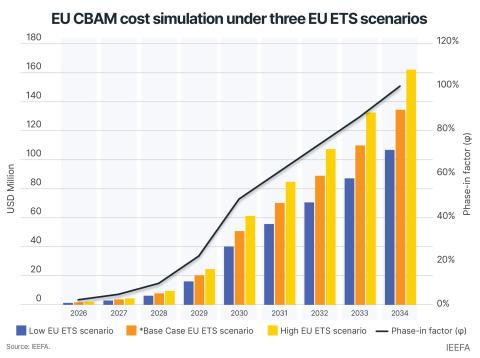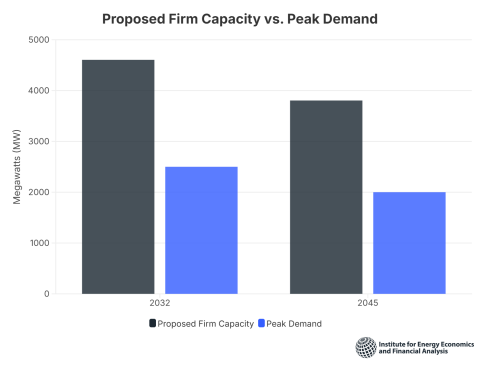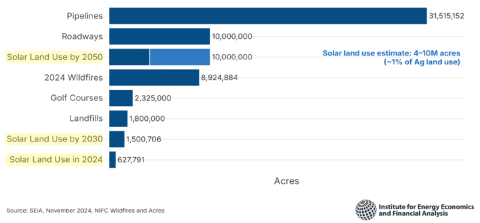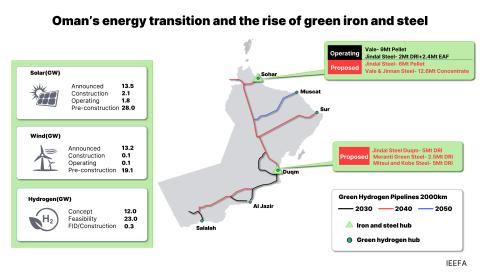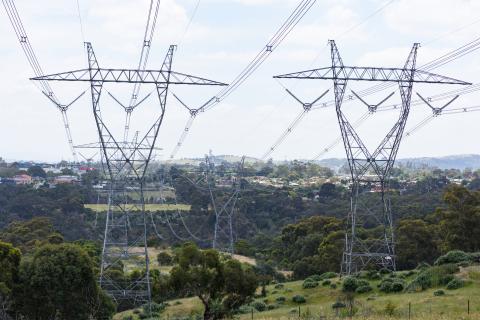West Virginia ratepayers footing the bill for infrastructure build out
Download Full Report
View Press Release

Key Findings
Over the last two to three years, utilities have been increasing their load forecasts, in large part due to new demands from proposed data centers.
One of the new challenges posed by the rapid growth in data centers is the question of whether other ratepayers will pay for infrastructure needed only for data centers.
An IEEFA analysis has found West Virginia electricity customers will pay more than $440 million for two proposed transmission lines to support data centers.
The analysis points to the need to reform PJM’s transmission cost allocation methodology in light of the growing demands from data centers.
Executive Summary
The electric utility industry is forecasting rapid electricity demand growth from data centers, marking a sharp contrast with the past couple of decades of essentially flat electricity demand in the United States. Utilities and regulators are scrambling to address this new demand from data centers, which often require significantly larger amounts of power than typical industrial loads.
One of the new challenges posed by the rapid growth in data centers is the question of cross-subsidization, i.e., whether other ratepayers are or will be unfairly paying for electrical infrastructure needed only for data centers. This briefing note looks at this question with respect to the buildout of electric transmission within the mid-Atlantic region, considering two high-voltage transmission lines proposed through West Virginia as a case study. We find:
- The Mid-Atlantic Reliability Link and Valley Link transmission lines, both of which would cut through parts of West Virginia, have been proposed as part of regional grid operator PJM’s Regional Transmission Expansion Plan (RTEP).
- Both lines were proposed in response to forecasts of rapidly growing electricity demand in northern Virginia, largely driven by data centers.
- West Virginia electricity customers will pay more than $440 million for the two lines.
- PJM’s RTEP process should be reformed so that ratepayers across the PJM footprint are not bearing costs associated with transmission infrastructure that is driven by data centers and by state policy decisions to attract more data centers.





